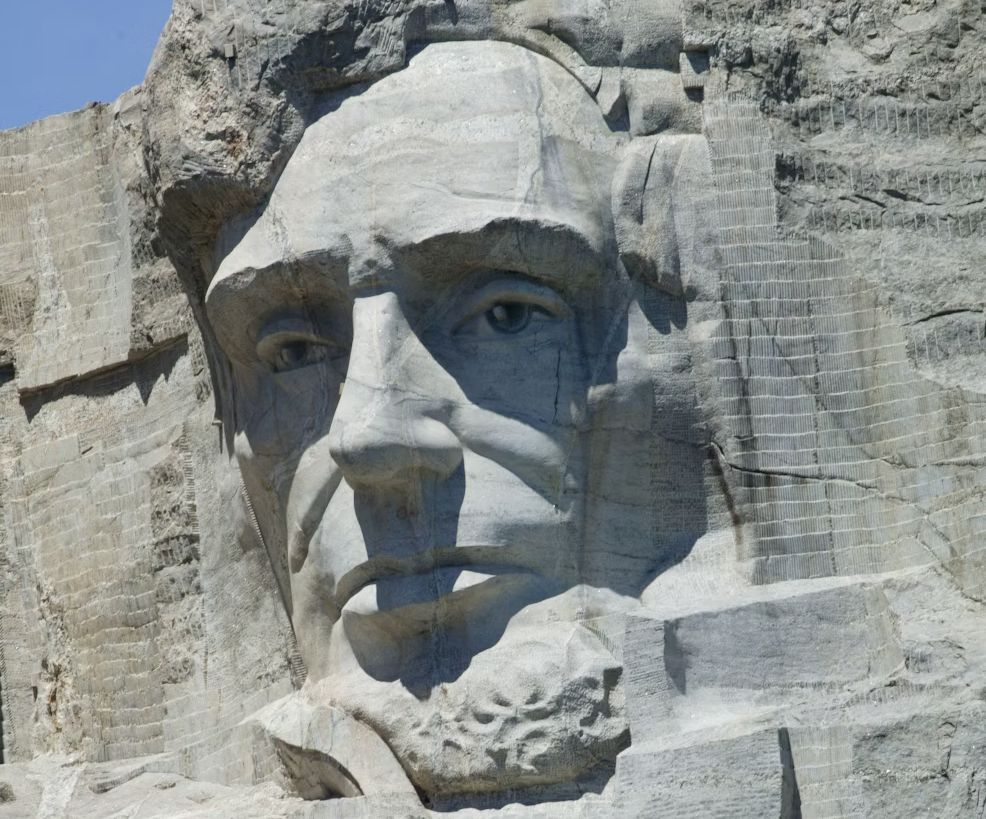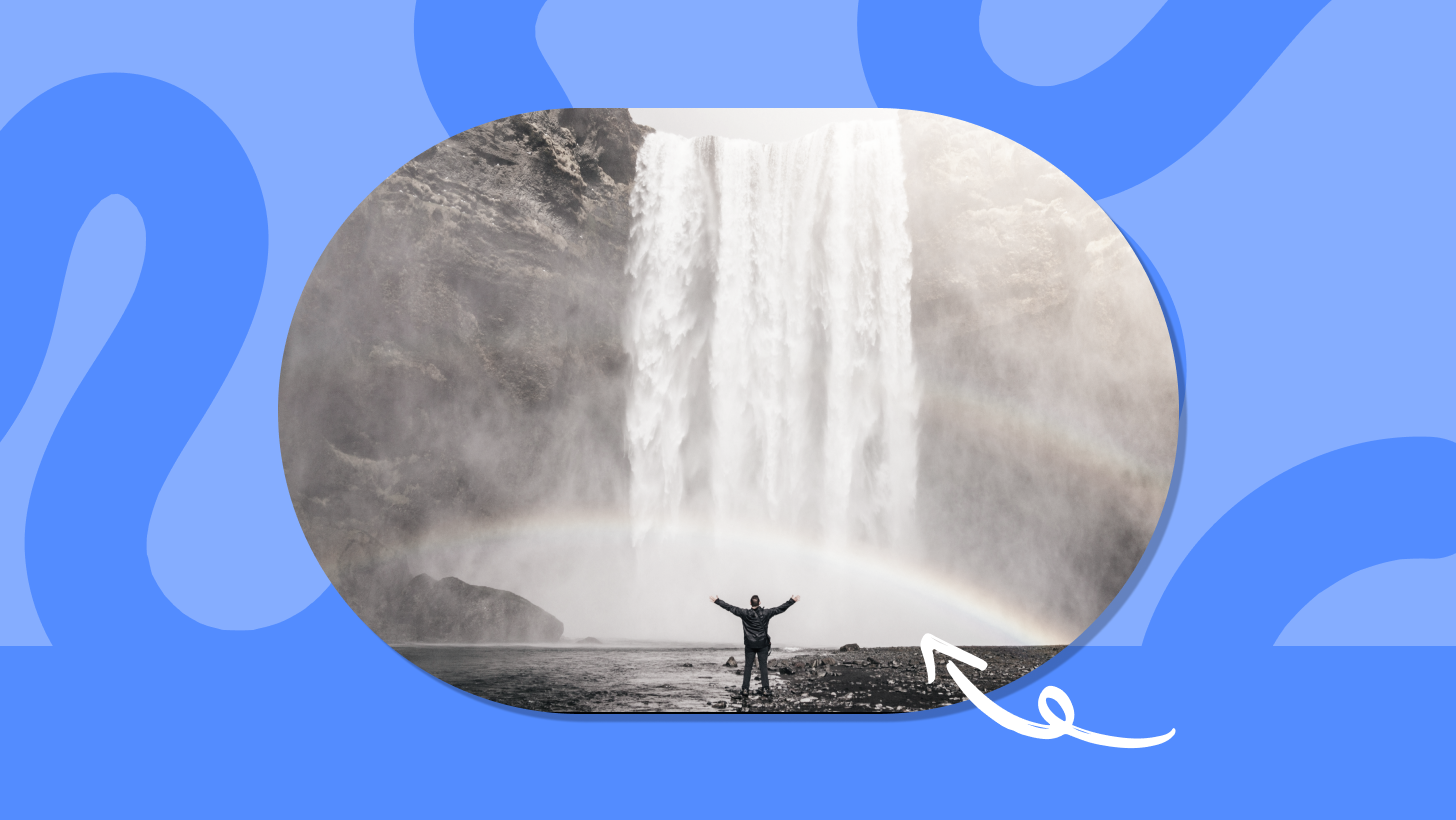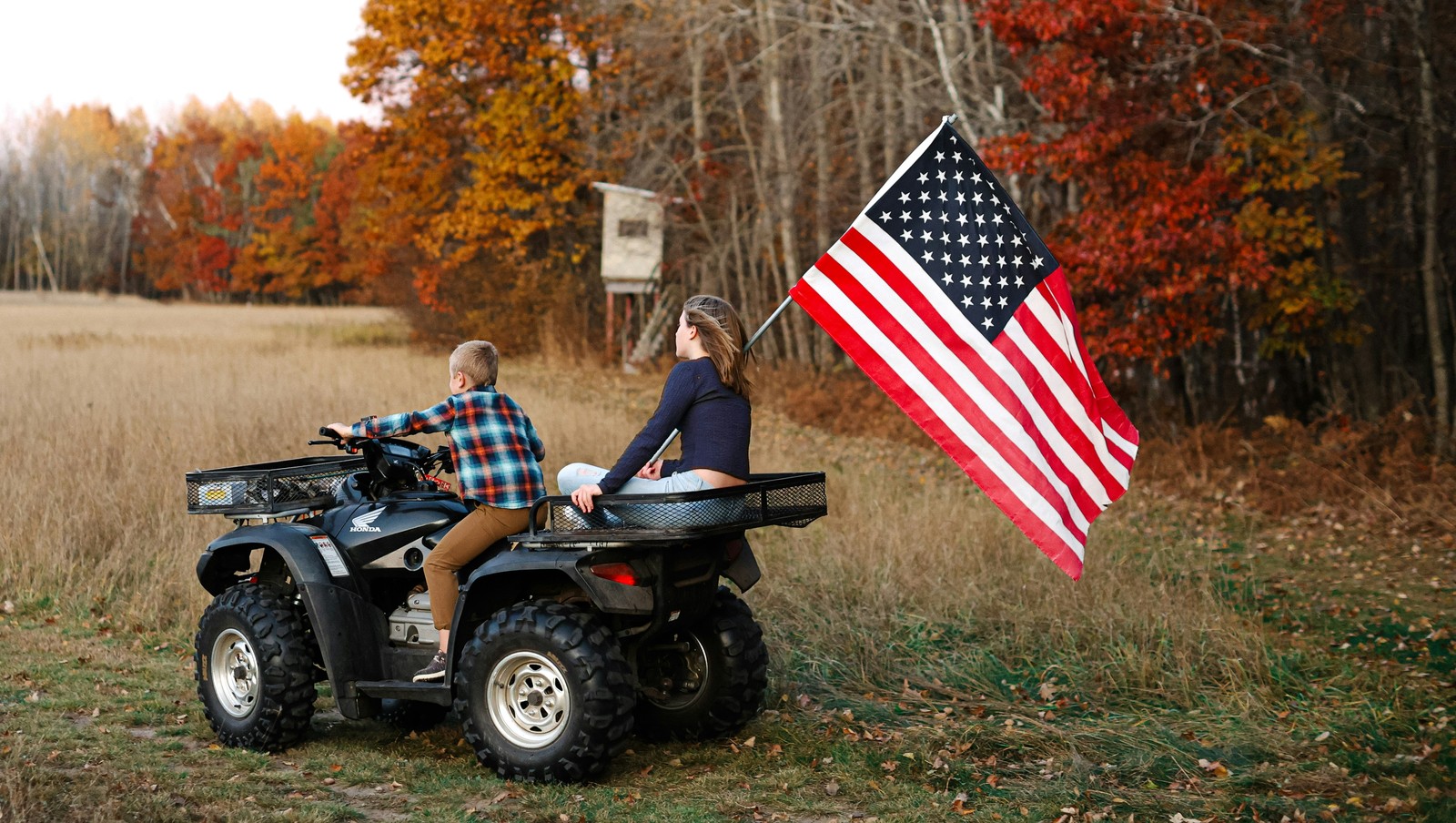Face the history!
Did you know there’s a secret room within Mount Rushmore?

Mount Rushmore isn’t just a stunning piece of rock, it’s a piece of American history carved into the Black Hills of South Dakota. If you’ve visited or it’s on your travel list, you might be surprised by how much more there is to know. From secret rooms to explosive carving methods, this national memorial has quite a story. Below, we’ll dig into the lesser-known facts behind those four famous faces. Keep reading!
Image: Josh Miller
1
A mountaintop with a maintenance plan

Each year, around two million visitors make their way to see the monument. But keeping the presidential faces looking sharp takes serious work. Park Service staff actually rappel down the mountain to inspect for cracks. They use silicone sealant to block out moisture and keep the granite from breaking apart in the cold. This isn’t a quick job, it’s a regular, careful operation. The mountain's top sits 5,725 feet above sea level, so it’s not for the faint of heart.
Image: Sebastian Enriqu
2
One historian’s tourism dream

Back in 1923, South Dakota historian Doane Robinson had an idea to attract visitors to the Black Hills. Now, what was his original plan? Carve Western legends like Buffalo Bill and Native American leaders into the rock. The vision then shifted to feature US presidents for broader national appeal.
President Calvin Coolidge helped land the funding, even during tough economic times. The carving began in 1927 and stretched on until 1941. Sculptor Gutzon Borglum died before finishing, and his son Lincoln carried the torch to completion.
Image: Engin Yapici
3
Four presidents, four chapters

Each face on the mountain stands for a key period in our nation’s story. Can you imagine what they are?
Washington symbolizes the birth of the country, while Jefferson represents growth and expansion. Lincoln stands for unity and the preservation of the nation during the Civil War. Roosevelt brought development and the rise of the US on the world stage. Together, they tell a chronological story in stone. The idea was to highlight leadership through the ages, not just popular figures.
Image: Jeromey Balderrama
4
A presidential switch

Originally, Thomas Jefferson was supposed to be on Washington’s left. But during the carving, the rock proved too unstable. So they scrapped the partially finished face and started over, this time on the right side.
It was a major do-over that cost time and money, a lot of it! But ultimately, it worked out for the best, structurally speaking. Today, most visitors never realize Jefferson had a false start.
Image: Andrew Ling
5
Dynamite and a dream

It’s easy to forget that Mount Rushmore wasn’t sculpted with tiny chisels: It was blasted into shape. Most of the work was done with dynamite, followed by finer detailing with jackhammers and drills.
From 1927 to 1941, about 400 workers shaped the mountain. Amazingly, no lives were lost during the entire project. Many of the workers were former miners, used to rough terrain and heavy tools. It wasn’t easy, but it was efficient.
Image: Takefreebies
6
The presidents were supposed to have torsos

The original vision for the monument wasn’t just heads, it included bodies from the waist up! Imagine that! Like many grand ideas, it ran into budget troubles. Funding dried up, and with time running out, the project was scaled back.
What we see today is actually an unfinished version of Borglum’s full plan. Still, the heads alone have become iconic. Imagine how much more impressive it would’ve been with shoulders and coats.
Image: Thomas Fields
7
Secrets behind Lincoln’s head

There’s a hidden room carved into the mountain, did you know that? Called the Hall of Records, it was Borglum’s idea to store important American documents and artifacts.
While the grand plans for a museum inside the mountain were never fully realized, a titanium vault was placed there. It contains copies of key US documents, including the Constitution and the Declaration of Independence. Located behind Lincoln’s head, it’s not open to the public. Still, it adds an air of mystery to the site. It makes you wanna visit, right?
Image: Rosanne Rapata
8
Step off the beaten path

Most visitors snap their photos from the Grand View Terrace, and it’s lovely. But for those willing to take a short walk, the President’s Trail offers even better views.
This loop takes you closer to the monument and into nature. You might spot local wildlife like mountain goats or deer along the way. The trail includes about 422 stairs, so make sure you’re wearing comfy shoes. It’s a quieter, more personal way to experience the monument.
Image: Nils Huenerfuerst
9
Entablature

Gutzon Borglum didn’t just want Mount Rushmore to be a visual tribute, he wanted it to tell the story of America, too. His idea was to chisel a brief summary history, covering events from 1776 to 1906, right into the rock face.
This massive engraving, called "Entablature," was to be etched into an 80-by-120-foot depiction of the Louisiana Purchase. President Calvin Coolidge even agreed to write it, but when Borglum edited Coolidge’s draft without permission, the president was so annoyed he refused to try again. Despite the grand vision, the project was eventually scrapped, partly because the lettering wouldn’t have been visible from a distance, and partly because the budget ran dry.
Image: Tommy Bond
10
Don’t expect a fifth face anytime soon

Over the years, people have suggested adding more figures to the mountain. Names like Susan B. Anthony, FDR, JFK, Reagan, Obama, and Trump have all come up. But the National Park Service has said a firm "no." Structurally, there’s just no safe place to add another carving. Plus, the monument is considered complete in its message. So, while the debate pops up now and then, don’t hold your breath. The original four are here to stay.
Image: Ronda Darby





